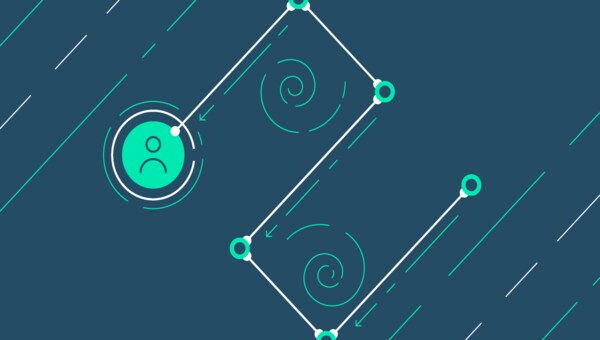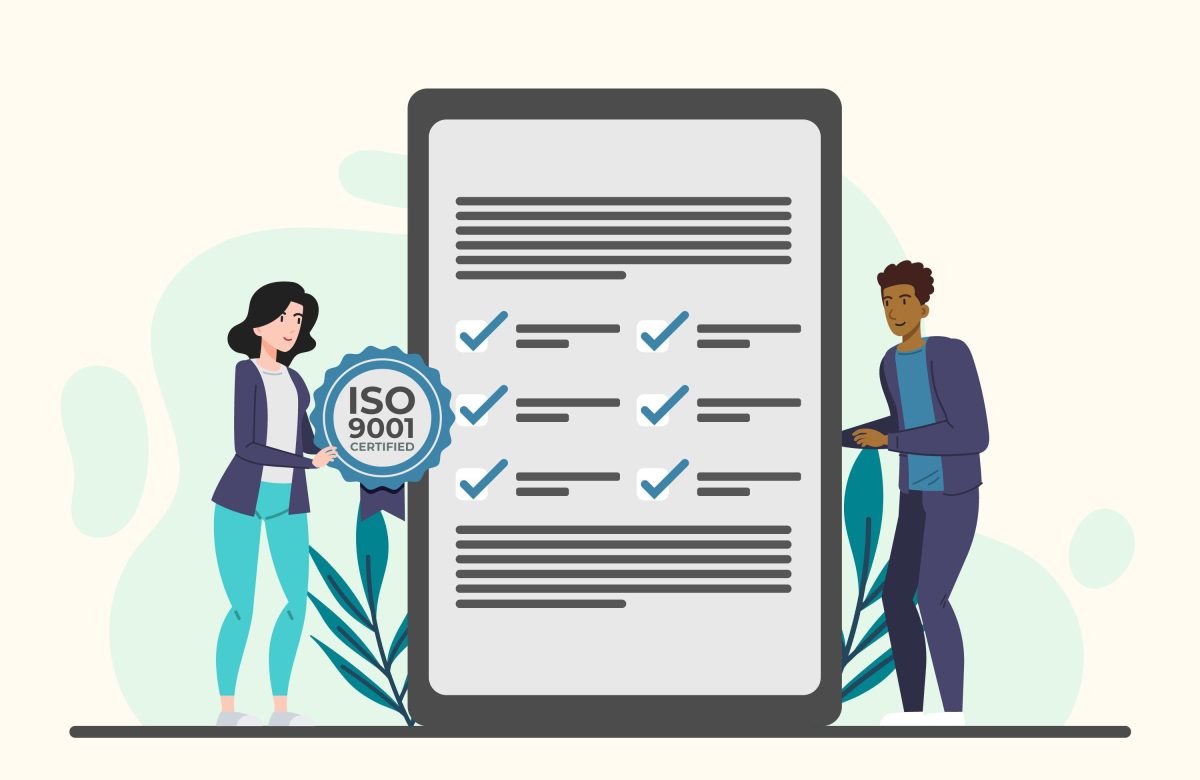How to build a successful customer retention strategy

In the ever-evolving landscape of business, customer retention has emerged as a cornerstone of sustainable success. Retaining existing customers is not only more cost-effective than acquiring new ones but also fosters brand loyalty, drives revenue growth, and amplifies positive word-of-mouth marketing. In this blog, we’ll delve into the art of building a successful customer retention strategy and outline key steps to create lasting relationships that keep your customers coming back for more.
Understanding the Importance of Customer Retention
Customer retention is the process of keeping your existing customers engaged, satisfied, and loyal to your brand. By focusing on customer retention, you’re not only preserving your customer base but also maximizing their lifetime value to your business. Loyal customers are more likely to make repeat purchases, refer others, and become advocates for your brand.
Step 1: Know Your Customers Inside Out
The foundation of a successful customer retention strategy is a deep understanding of your customers. Develop detailed customer personas that encompass their demographics, behaviors, pain points, motivations, and preferences. The more you know about your customers, the better you can tailor your retention efforts to their specific needs.
Step 2: Deliver Exceptional Customer Service
Outstanding customer service is at the heart of customer retention. Be attentive, responsive, and empathetic in your interactions. Address customer inquiries promptly, resolve issues efficiently, and go the extra mile to exceed expectations. A positive customer service experience can create a lasting impression and increase customer loyalty.
Step 3: Build a Personalized Experience
Personalization is the key to forging strong customer relationships. Use data and insights to deliver personalized recommendations, offers, and content that align with each customer’s preferences and purchase history. A personalized experience makes customers feel valued and understood.
Step 4: Reward Loyalty
Implement a robust loyalty program that rewards customers for their repeat business. Offer incentives such as discounts, exclusive access, early releases, or points that can be redeemed for future purchases. Loyalty programs not only encourage repeat purchases but also enhance customer engagement and satisfaction.
Step 5: Continuously Communicate
Stay connected with your customers through regular communication. Send relevant and engaging content such as newsletters, product updates, and personalized recommendations. Use various communication channels, including email, social media, and SMS, to keep your brand top of mind.
Step 6: Seek Feedback and Act on It
Regularly solicit feedback from your customers and demonstrate that their opinions matter. Conduct surveys, polls, and reviews to gauge their satisfaction levels and identify areas for improvement. Act on the feedback you receive to show that you’re committed to enhancing their experience.
Step 7: Focus on Customer Onboarding
The early stages of a customer’s journey are critical for retention. Ensure a seamless and positive onboarding experience that helps customers fully understand and utilize your product or service. Provide tutorials, guides, and customer support to assist them in getting the most value.
Step 8: Anticipate Needs and Solve Problems
Proactively anticipate your customers’ needs and address potential issues before they arise. Offer solutions, tips, and resources that help customers make the most of their purchase. By demonstrating that you’re invested in their success, you foster a sense of partnership.
Step 9: Showcase Social Proof
Display customer testimonials, reviews, and success stories to showcase the positive experiences of others. Social proof builds credibility and reassures potential and existing customers that they are making the right choice by choosing your brand.
Step 10: Offer Exceptional Value
Consistently deliver exceptional value that goes beyond the transaction. Provide educational content, tips, and insights that empower your customers and enhance their lives. When customers perceive your brand as a valuable resource, they’re more likely to stay engaged.
Step 11: Identify Churn Signals
Monitor customer behavior and engagement patterns to identify signs of potential churn. These could include decreased activity, reduced spending, or disengagement from your communication. By recognizing churn signals early, you can take proactive steps to re-engage customers before they leave.
Step 12: Experiment and Innovate
Continuously experiment with new retention strategies and initiatives. Innovate by introducing new features, products, or services that align with your customers’ evolving needs. A willingness to evolve keeps your brand fresh and exciting in the eyes of your customers.
Step 13: Measure and Analyze
Regularly measure the effectiveness of your customer retention efforts. Track key metrics such as customer retention rate, churn rate, customer lifetime value, and repeat purchase rate. Analyze the data to understand what’s working and where adjustments are needed.
Step 14: Act on Insights
Use the insights gained from data analysis to refine and optimize your customer retention strategy. Adapt your approach based on customer feedback, preferences, and trends to ensure that your retention efforts remain relevant and impactful.
Step 15: Cultivate a Customer-Centric Culture
Instill a customer-centric mindset throughout your organization. Empower every team member to prioritize customer satisfaction and retention. When everyone in your company is aligned around this goal, it becomes a powerful driving force behind your retention strategy.
In conclusion, a successful customer retention strategy is a multi-faceted approach that requires a deep understanding of your customers, personalized experiences, exceptional service, and a commitment to continuous improvement. By focusing on building strong relationships, anticipating needs, and consistently delivering value, you can create a loyal customer base that not only generates repeat business but also becomes a driving force behind your brand’s growth and success. Remember, retaining customers is not just about transactions; it’s about nurturing connections that stand the test of time.




